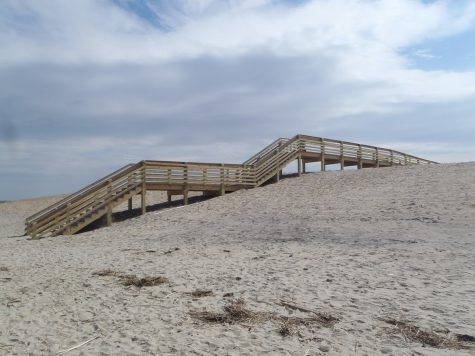
Town Neck Beach in Sandwich.
SANDWICH – Researchers with the Center for Coastal Studies in Provincetown have finished a year-long study of sediment movement between Sandwich and Barnstable and found some surprising results.
The purpose of the study was to develop a century-scale sediment budget which calculates the volume, direction and rate of sand movement along the coast of Cape Cod Bay.
Center for Coastal Studies Researcher Mark Borelli said there is active bypass of the jetty at the Cape Cod Canal.
“The jetty, which is built to prevent sand from going into the canal, is full for lack of a better term,” Borelli said.
The researchers compared the modern surface to historical data from the area and found that the jetty was full and bypass was occurring in 1933, which Borelli said was a surprise.
They also looked at the pre-jetty surface shoreline in the 1860s and saw a natural shore line.
“So between the 1860s and 1933 there was so much sediment coming down from Plymouth, coming from the north, that the jetty actually filled up and there was bypass,” Borelli said. “It was surprising that it filled up that fast.”
Researchers said another surprise was the amount of sand being lost to the system because of the Cape Cod Canal.
“A lot of sand gets pushed off shore off the coast because of the really rapid tidal currents and that sand is lost to the system,” he said. “We found sand in 45 to 50 feet of water.”
Borelli said there is a sheet of sand which is up to three feet deep in some places that can’t make its way back to the Sandwich shoreline because it is too far out.
“Waves can’t push it back on shore,” Borelli said.
Borelli said the next step will be to get more in depth with further study.
“We want to understand how the currents are moving, the tides and really get some instruments out there to do some high resolution measurements of what we want to know based on what we found from our sediment budget,” he said. “We really just scratched the surface. We know it is out there and we have a rough estimate but know we really need to go out there and find out exactly how much is there, where it is going and how it evolved through time.”






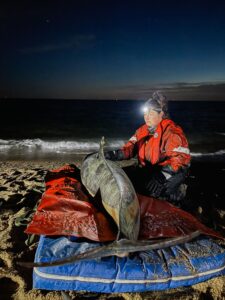
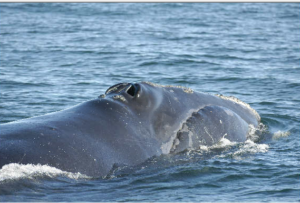



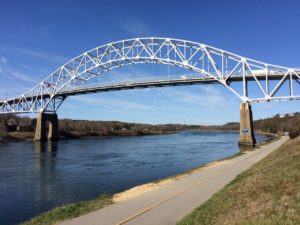

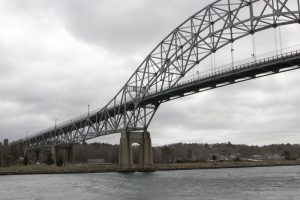











Speak Your Mind